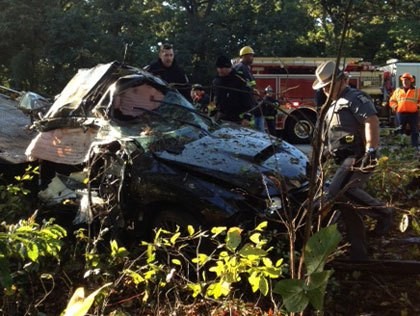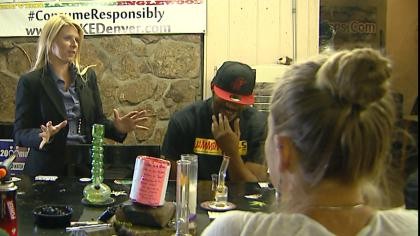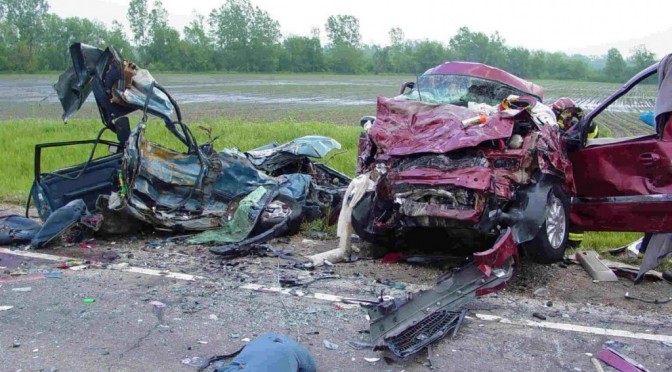Defects in Colorado’s 5NG Law
Drunk driving fatalities are going down across the country, but drug-impaired driving is increasing. Since Colorado and Washington legalized marijuana, there has been a noticeable increase in deaths caused by stoned drivers — especially in those states and but in other states, too. By 2020, MADD estimates that drugged driving will overtake drunk driving as a cause of impaired driving accidents. Marijuana is the drug most often cited for DUIs involving drugs.
According to Ed Wood of DUID Victim Voices:
“A link between THC blood levels and impairment may never be
developed comparable to the relationship that exists for alcohol.
Alcohol and marijuana are very distinct in terms of chemical makeup, body metabolism, and psycho-motor impairment and therefore should not be compared. Strategies implemented to reduce alcohol-impaired driving are not likely to have the same impact on reducing drugged drivers.”
The blood level for marijuana impaired driving in Washington and Colorado is 5 ng. However, a driver who had 1 ng of marijuana in his blood and no other substances killed two girls on October 30.

Three Big Problems with 5 NG Law
Wood explains that there are three problems with Colorado’s 5ng/ml law:
“First, some labs report that over 70% of stoned drivers test below 5 ng/ml THC, in part because of the long delay between first contact with a law enforcement officer and the taking of a blood sample. Some may claim that those testing below 5 ng/ml can still be prosecuted under Colorado’s impairment statute, but that claim is misleading. Such drivers cannot be successfully prosecuted, because Colorado is one of 12 states that define DUI as being “substantially incapable of safely driving,” a charge that is profoundly difficult to prove in court, even by the most gifted prosecutor.”
“Second, a gifted defense attorney can readily overwhelm a less-experienced county prosecutor to defeat the 5 ng permissible inference level. For example, a Colorado jury recently found Melanie Brineger not guilty of DUI after she failed her roadside Standardized Field Sobriety Test (SFST) and a subsequent laboratory found 19 ng/ml of THC in her blood.”
“Third, most juries, judges, and prosecutors don’t understand the differences between alcohol impairment and drug impairment. To begin with, the symptoms are markedly different. Also, most believe that marijuana is like alcohol, and that there should be a magic number of Δ9THC in a driver’s blood that will prove they are too impaired to drive safely. There is no such magic number, and if there were, it would certainly be lower than the 5 ng/ml limit established by Colorado, Washington and Montana. It would be closer to the 2 ng/ml limit established by Ohio and Nevada.”

Green Labs Help Stoned Drivers to Beat the System
Defense attorneys are now capitalizing on the Brinegar verdict, by offering “green labs” that purport to demonstrate that one can drive safely with a THC blood content greater than 5 ng/ml , ostensibly to enable more stoned drivers to escape conviction.
The purpose of using the term “green labs” is not to be cute; the term conveys to the ill-informed that these exercises are based in science. They are not. Unfortunately, there are many ill-informed in Colorado, including the legislature that passed the disastrous 5 ng bill, and those who supported its passage.
Washington’s stoned drivers have wreaked havoc on the state during the past year, with many fatalities. The rate nearly doubled to 75 last year, up from 38 in 2013. In addition, drivers who kill people are able to beat the system, because of the long delay in time it takes to do a blood test.

